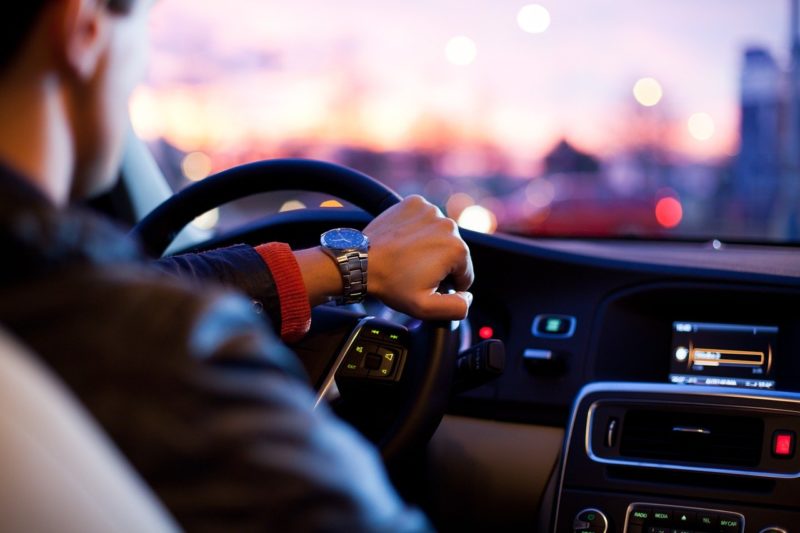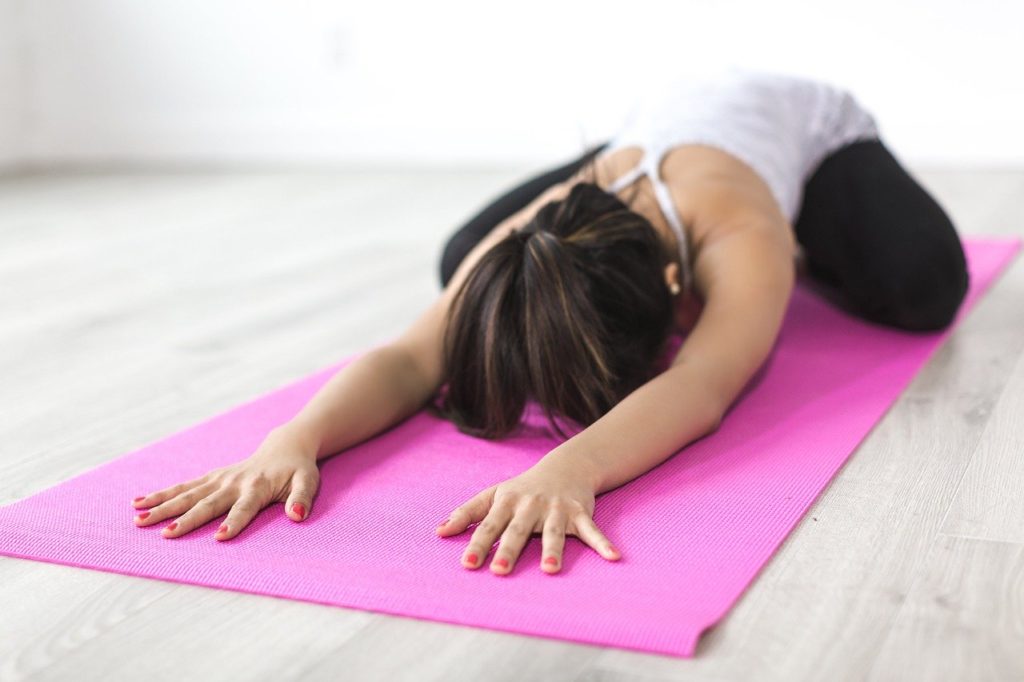Lower back pain while driving

Back pain and driving
Throughout my career as a massage therapist, I am frequently asked which type of injury I treat the most. They vary a lot but one of the common client groups that we treat Keheren Therapy are people who drive a lot for a living. Clients and Customers present to our clinic with upper and lower back pain from long periods of driving.
These are taxi drivers, Lorry drivers, and commuters, people that generally drive for an excessive amount of hours. It is well documented that people who sit at office desks, lift heavy objects etc suffer from back pain. I feel it appropriate to address drivers as people who also commonly suffer from back pain and hence my inspiration for this blog. Not only this but I hope to prevent back pain for families that are going on long road trips or visiting family members that live a long-distance away.
Here our previous blogs explain when it is important to go and see a doctor if you have back pain.
As part of my research, I asked people who drove for living some key questions, including:
- How often they suffered from back pain
- If they knew what caused the back pain
- Any awareness of what could prevent them from having this back pain.
- Knowledge of potential preventative measures, then, did anything stop them from implementing them
- For those who didn’t have back pain what they felt stopped this happening or what they did to stop this happening.
- If back pain only occurred when they drove for a long period of time.
In this blog I would like to cover optimum seating position for people who drive frequently, stretches to prevent back pain and of course what massage can do to help prevent back pain in this client group.
I would also like to discuss 3 or 4 of the key muscles that are often associated with back pain and driving, why these are problematic and what these muscles do to help us function in everyday life.
The key evidence surrounding driving and lower back pain:
In their systematic review of literature Heneweer et. al. (2011) found a higher amount of lower back pain was suffered by occupations that had a number of driving hours. Concluding that some occupational tasks including vehicle driving were moderate to strongly associate with lower back pain.
https://www.ncbi.nlm.nih.gov/pmc/articles/PMC3099170/#__ffn_sectitle
Wang et. al. (2017) performed a cross-sectional study focusing on lower back pain in Taxi drivers. They found a high prevalence of lower back pain in Taxi Drivers that worsened with longer seated durations. They concluded that better awareness of sleep duration, rest days and increased activity would all achieve prevention.
An article published in the Nursing times recognized driving in hunched positions and driving for long periods without taking a break to be common causes of back pain https://www.nursingtimes.net/clinical-archive/pain-management/back-pain/1984671.article
Optimum seating position when driving
Back care UK, a registered charity helping people with bad backs have created a fantastic PDF addressing sitting position, stretches and self-care:
http://www.backcare.org.uk/wp-content/uploads/2015/02/Driving-and-Back-Pain-Factsheet.pdf
- Wear comfortable clothing –
- Stretch or at least loosen up muscles before driving.
- Stop and move frequently.
- Check your position
- Lumbar support or rolled-up towel positioned correctly in your lumbar region can make journeys easier
- Being closer to the steering wheel can prevent slouching – you should be able to reach the steering wheel with your arms slightly bent.
- The seat backrest should be set to 100 to 110 degrees to reduce pressure on your discs
- When you look down from your seated position when driving you should be able to use equal amounts of each leg
- You should not need to overextend to reach the pedals.
Preventing lower back pain on Journeys
As well as ensuring that you are in the optimum seated position to drive in initially there are also a couple of things you can do to prevent back pain occurring when driving.
Poor posture and being in a fixed, position for long periods of time are the key reasons why drivers suffer from back pain.
You can do a few things to prevent this
- STRETCH – see our top stretches below.
- Put on your heated seat. If you have one – if you had a hot water bottle or heat pad at home you would use it, why not use the one built into your vehicle!
- Stop for a short walk.
- Use ice if your back becomes sore
- Put on cruise control – if safe to do so.
I remember a long time ago as a junior nurse being taught manual handling. The tutor talked about how we adjusted our rearview mirror frequently when we got into the car. Yes, we may have knocked it reaching to get something from the passenger footwell after we had stopped driving, but more likely our posture has changed throughout the day when we have become tired or stressed. So have a think about what your body is doing next time you adjust that mirror!!!
Stretches to prevent lower back pain
Tips…………
- Hold each stretch for at least 2 minutes.
- Make sure you can FEEL the stretch. If you can’t feel the Quadratus lumborum stretch, then you are probably not stretching it!
You do NOT have to do all of the stretches. Pick ONE! …and do it well to the chest. Further information on top stretching tips can be found in this blog.
Knee to chest stretch
Instructions:
- Lie on your back.
- Bring your knees up and hug your knees towards your chest.
- Be sure to keep your legs completely relaxed.
(The arms should be doing all of the work).
- Gently rock your knees towards your chest.
Childs Pose
Instructions:
- Start in a crawling position.
- Sit on your completely bent legs.
Bring your buttocks to the back of your ankles.
- Stretch out both arms and place them in front of you.
- Aim to round your lower back as much as possible.
- Tuck your tail bone underneath you.
To stretch the left side, reach out both arms to the opposite right side. (and vice versa)
Side tilt – Standing
Instructions:
- Whilst standing, place your left hand on left hip.
- Push your hip towards the right.
- Whilst reaching over to the left with your right hand, tilt your torso to the left.
- Aim to feel a stretch on the right
- Repeat on the other side.
Key muscles associated with lower back pain and driving
Our Lumbar region in our lower back works hard for us, it supports our weight (and any extra that we may carry).
External Obliques.
The external oblique’s on either side of the body help rotate the trunk and help pull the chest, downwards, which compresses the abdominal cavity. They also support the rotation of the spine.
Symptoms of an Oblique muscle strain can include
- Sudden, sharp pain,
- Stiffness
- Pain or difficulty in stretching or bending the muscle.
- Muscle spasms or cramping
In an article by Waongenngarm et al they identified that discomfort increased after 1 hour of sitting particularly if sitting was in a prolonged slumped position.
Quadratus Lumborum.
This muscle is commonly called the QL, it is actually a deep abdominal muscle and is commonly referred to as a back muscle. This muscle is found in both sides of the body. If one side of the muscle contracts it causes lateral flexion of the lumbar spine, elevation of the pelvis or both. Contraction of both sets of muscles causes extension of the lumbar spine (extension id the opposite of flexion).
The QL is used to sit, stand and walk and therefore is a common cause of pain in the lower back. Some evidence suggests that sitting for long periods can reduce blood flow to the area and hence causing pain.
If you have any questions or would like to know more about what we do at Keheren Therapy please feel free to email us





